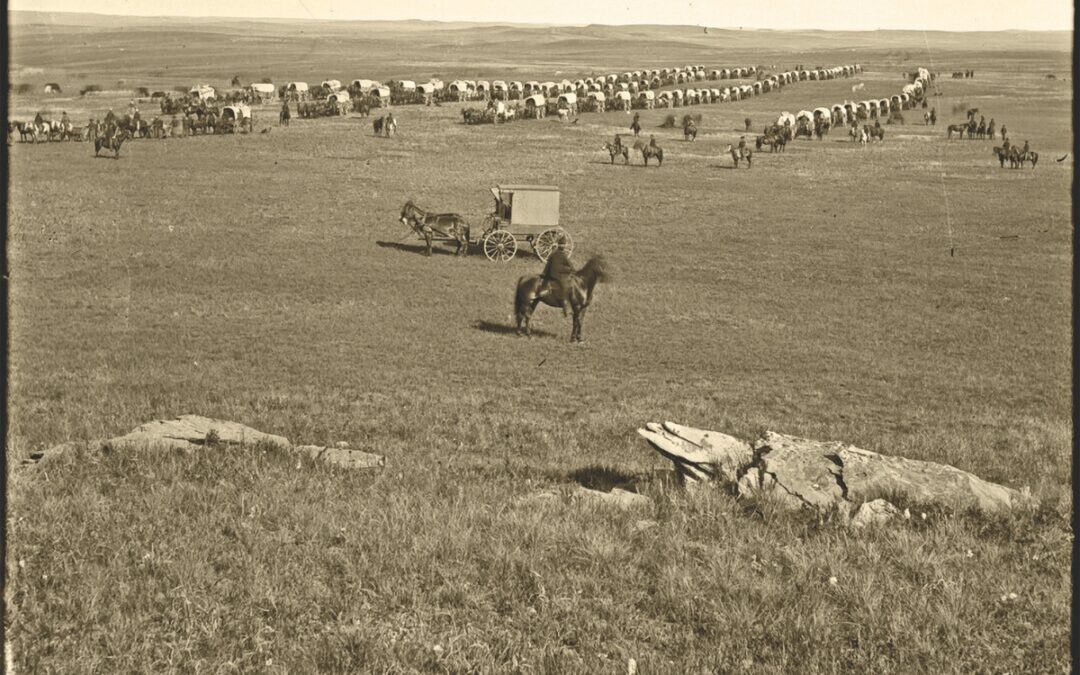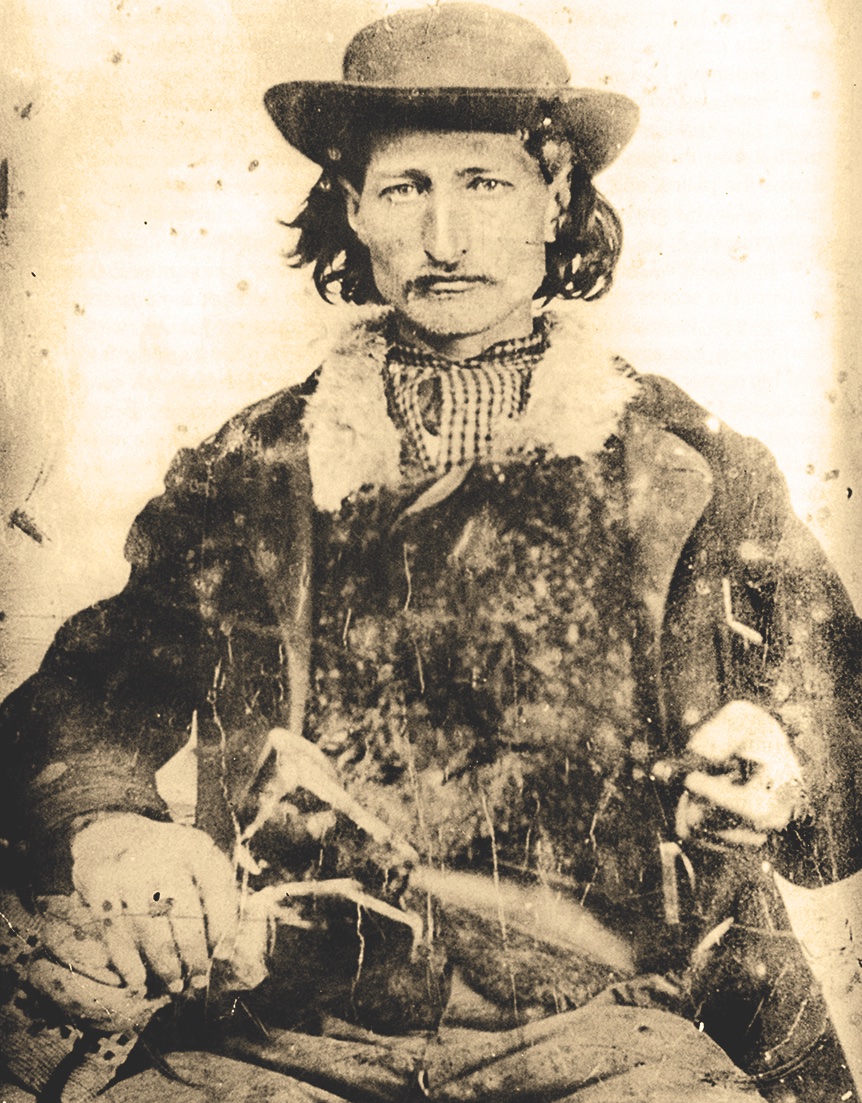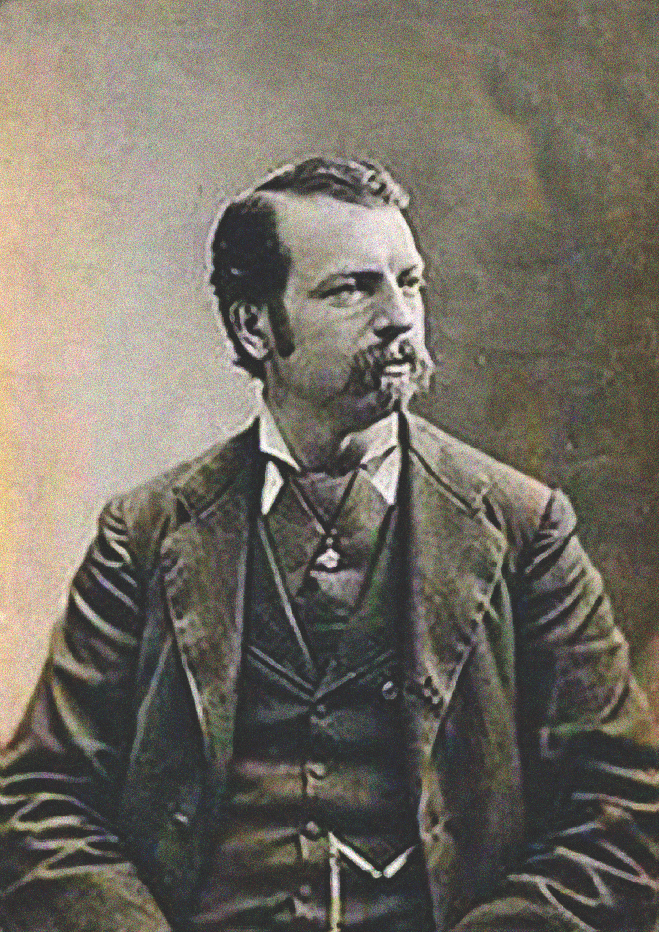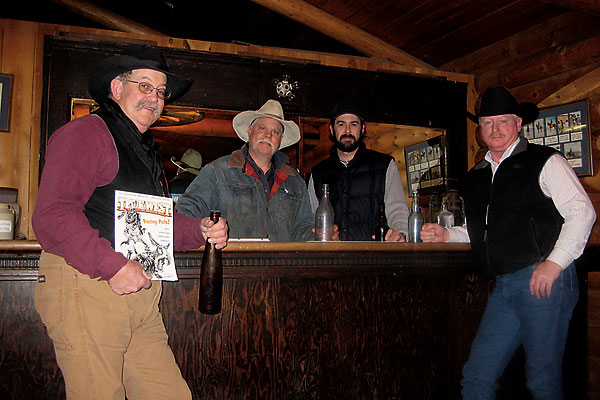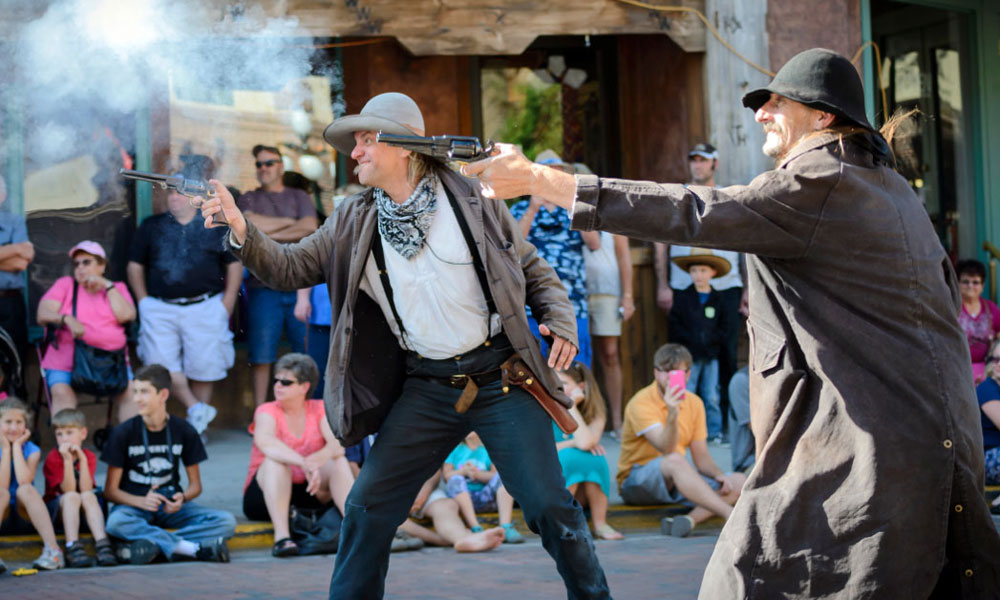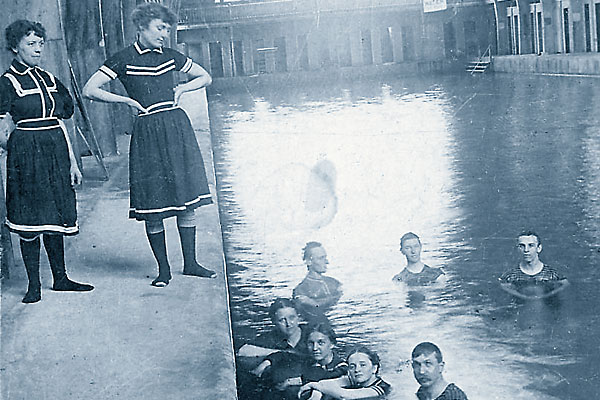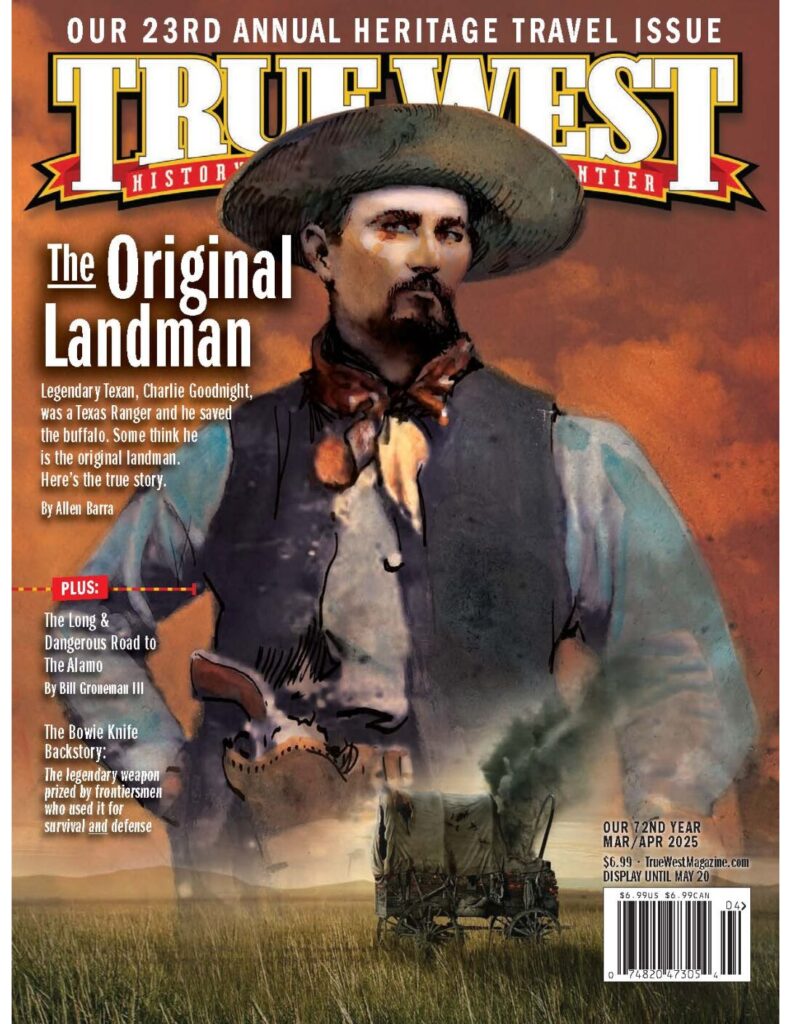Calamity Jane, Wild Bill and George Custer roamed the Black Hills
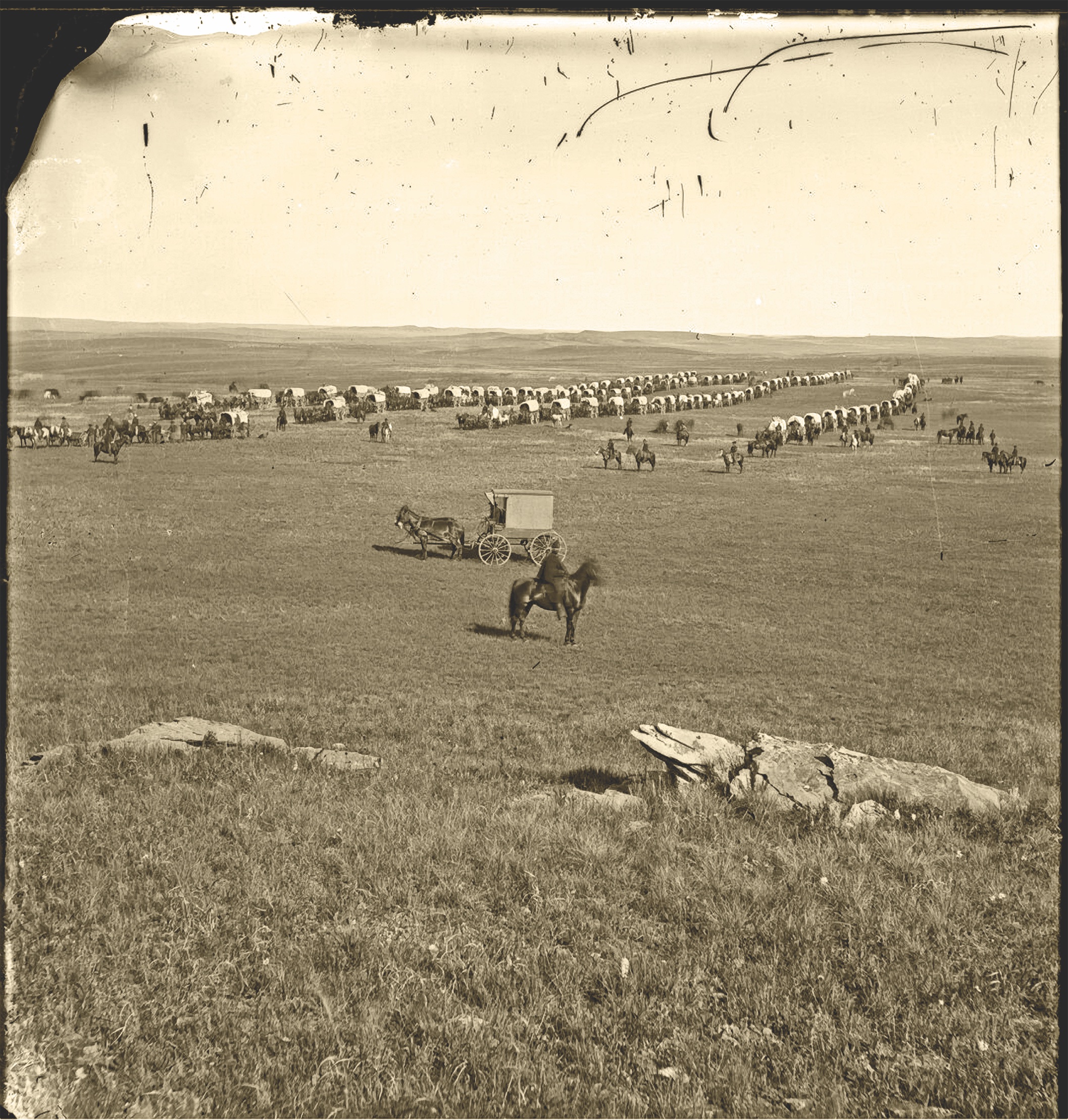
On July 2, 1874, George Armstrong Custer led a surveying expedition of around 1,000 men, 110 wagons and hundreds of head of mules, horses and cattle from Fort Abraham Lincoln into the Black Hills of western South Dakota. He had orders to explore and locate a potential site for a fort in the Black Hills and to establish a route to Fort Laramie. Unofficially, Custer’s expedition was tasked with determining whether there was truth to the rumors of gold in the Black Hills. This was the first military encroachment into the Black Hills, the long-held territory of the Lakota people. Traveling with Custer were both White and Indian scouts, teamsters, scientists, five newspaper reporters, two miners, photographer William Illingworth, and even a 16-piece band. By late July Custer’s command had established a camp south of what would later be called Harney Peak and is now named Black Elk Peak, near the present town of Custer. Some of the men climbed the peak; they mapped the area and then traveled west into present Wyoming where Custer climbed Inyan Kara Mountain, south of Sundance, and carved his name on the rocks giving the area below the name “floral valley.” In their explorations, the Custer expedition produced a number of photographs, a slew of newspaper accounts and noted the presence of gold in the area. The word spread quickly, and in 1875 a scientific expedition to the Black Hills led by Henry Newton and Walter Jenney with troops commanded by Gen. George Crook, confirmed the gold. Maps drawn by Valentine T. McGillycuddy, a cartographer with the expedition, provided detailed information for those who instigated the Black Hills Gold Rush.
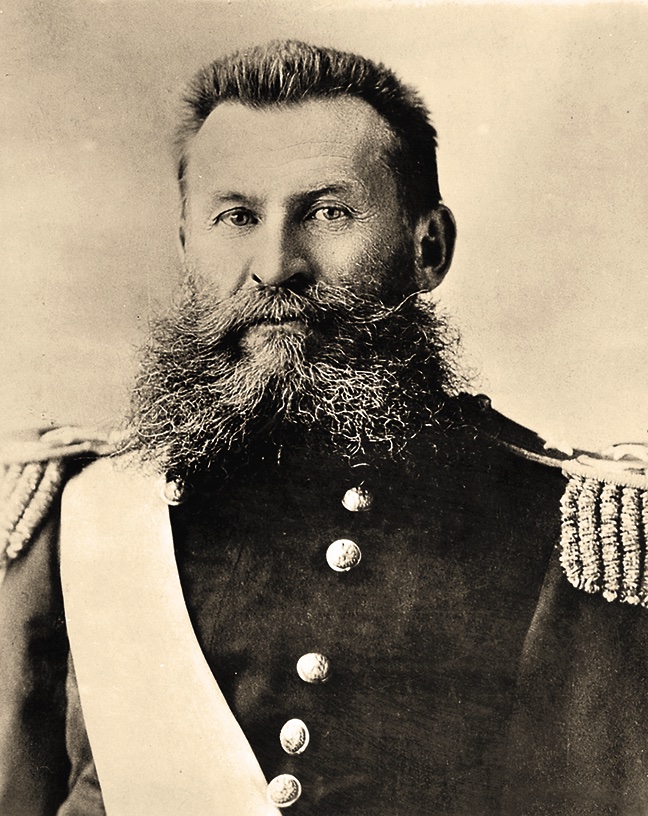
By June 1876, when Custer met his demise in the Battle on the Greasy Grass, or Little Bighorn, the rough and tumble town of Deadwood was established, one of many gold towns that sprang up in the Black Hills. That fall Crook returned to the area with his hungry and weary soldiers who had taken part in the Battle of Slim Buttes, just weeks after the fight at Little Bighorn, and endured the Horse Meat— or Starvation—March on their way to Deadwood. Arriving there in September 1876, the troops remained in the gold rush boom town for about a month to recuperate from their hard travels, taking part in dances and other community events.
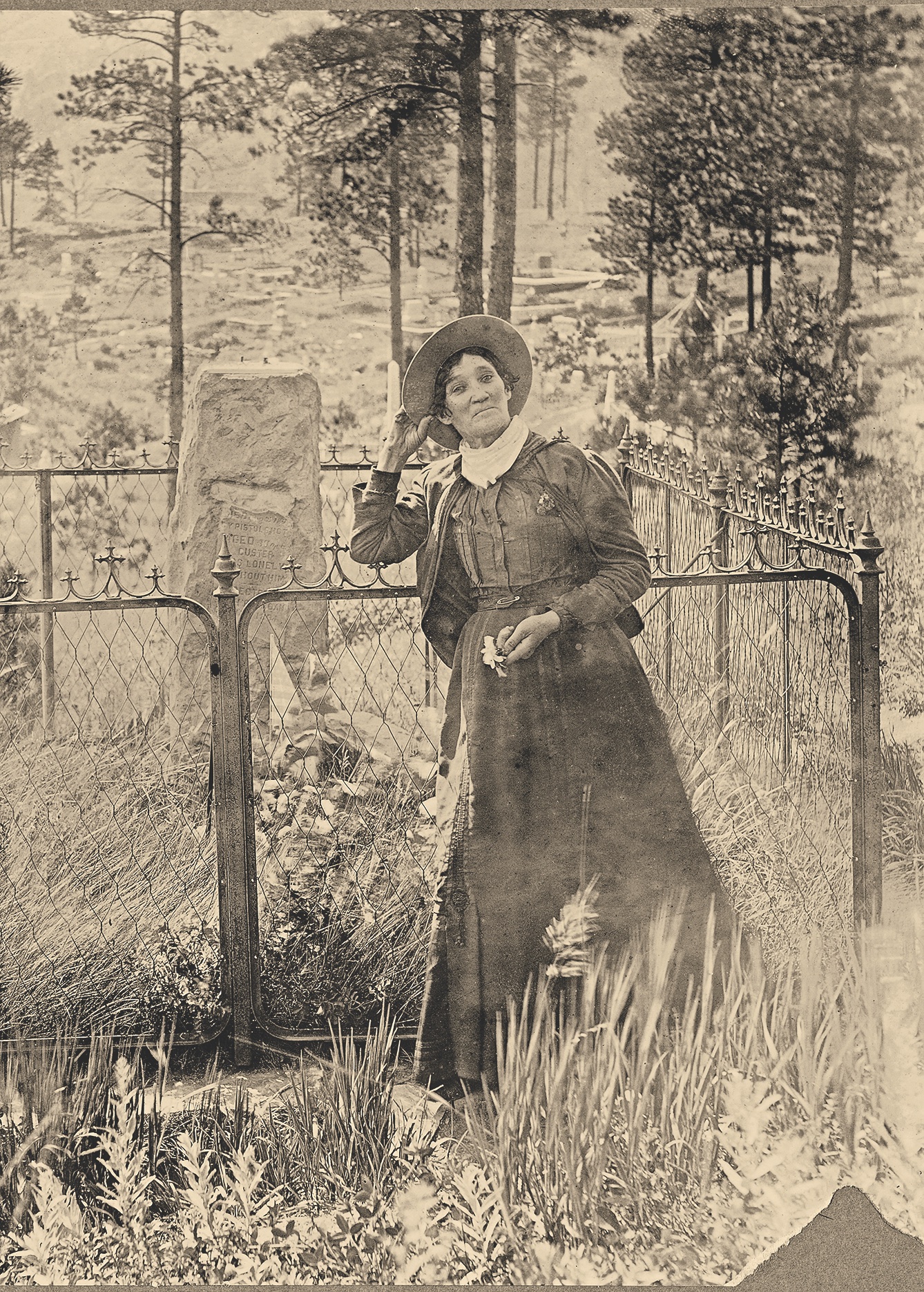
A Hangout for Wild Bill and Calamity Jane
Calamity Jane, who greeted Crook’s troops as they approached Deadwood, had first seen the area when she traveled with the Newton-Jenney Black Hills Expedition. She was in and out of Deadwood the remainder of her life. She was there in 1876 when James Butler “Wild Bill” Hickok arrived. Hickok followed the Cheyenne- Deadwood Trail to the mining town, where he spent the last of his days. While In 1876, Martha “Calamity Jane” Canary was a 24-year-old woman who often passed as a man. Because of her legendary notoriety—she is thought to be the most written-about Western American woman of the 19th century—Calamity Jane ended up as “Wild Bill” Hickok’s love interest in countless books and movies. She is seen at right, posing in front of Hickok’s grave. She requested to be buried beside him, and the town fathers of Deadwood granted her wish—partially as a joke and partially because they knew the graves would attract tourists. That Calamity Jane has totally usurped Agnes Lake as Hickok’s paramour is nothing short of outrageous.
he did some prospecting, Hickok spent most of his time at the card table. He was playing poker in the Number 10 Saloon on August 2, 1876, when John “Jack” McCall shot and killed him. A gambling hell in its early days, you’ll still find poker tables and a full range of other casino games and slot machines in Deadwood today. There is an original bar in the Old Style Saloon Number 10. This is not the building where Hickok met his end, but you can play cards and have a shot of whiskey, though you might want to keep your back to the wall, as Wild Bill should have done. Hickok was buried in the Mount Moriah Cemetery on a hillside in Deadwood. Calamity Jane traveled to other locations after his death, but by 1903 she was back in the Black Hills, working as a cook for Belle Fourche Madam Dora DuFran. When she died, Calamity was taken to Deadwood and buried beside Hickok. Their gravesites are among the most visited historic sites in Deadwood. The Days of ’76 Museum houses historical items including the Don Clowser collection of 19th-century pioneer, cowboy and American Indian art and artifacts. The Days of ’76 Rodeo attracts the top cowboys in the Professional Rodeo Cowboys Association every July, and the town’s Western heritage is on full display during the Days of ’76 parade, which winds through the historic buildings of downtown Deadwood. The Black of downtown Deadwood. The Black Hills have several other small towns and attractions well worth a visit including Lead, with its Homestake Opera House, and Hot Springs, with its ancient Mammoth dig site. Hill City and Custer are close to both Custer State Park and Mount Rushmore National Monument. The Needles Highway through Custer State Park is arguably the most interesting route you can take in the Northern Plains, and if your scheduling works out, try to attend the annual buffalo roundup in the park in late September. The largest city in western South Dakota is Rapid City, home to the outstanding Journey Museum, which interprets American Indian history and stories of the settlement in the Black Hills by miners and town builders. Without doubt the store to visit for authentic art and items created by Lakota artists is Prairie Edge in downtown Rapid City.
South Dakota’s Earliest Settlement
The Chevelier Pierre Gaultier de la Verendrye in 1743 stood on a hill overlooking the Missouri River and buried a lead plate telling local Indians it was “memorial of those who had come to their country.” In reality he was claiming the land for France. De la Verendrye is the first outside explorer to camp in the vicinity of today’s Fort Pierre, but certainly not the most well-known. That distinction falls to the Americans William Clark and Meriwether Lewis. Today, you can follow Lewis and Clark’s trail to Fort Pierre, and stand at a monument dedicated to Verendrye. The site has a panoramic view of the Missouri River. Fort Pierre is the oldest permanent town in South Dakota, having been established as Fort La Framboise in 1817, which became Fort Pierre Choteau, a fur trader’s post. The Fort Pierre to Deadwood Trail started here, providing one of the major routes to goldfields in the western Black Hills after 1876. While in the area, visit the Verendrye Museum in Fort Pierre, a small-town collection ranging from ranchers’ hats to saddles, and Indian metates to household items. Like most other Western states, South Dakota has its share of legendary characters like Calamity Jane and Wild Bill Hickok. In 1929 S.G. Tillett of Alliance, Nebraska, answered many questions posed by Edwin L. Sabin of Clinton, Iowa, who was researching a number of those frontier characters. Sabin became particularly frustrated in his effort to obtain accurate details, leading him to confide to a friend: “I fully agree with you upon the exasperating difficulty of obtaining accurate data upon the careers of Wild Bill and other frontier ‘heroes.’ From deeds to dates, everything is in confusion and a state of prejudice.” While you may not find the full and true story of any of the characters who have visited the Black Hills, on any trip to South Dakota you will have a chance to see the land—from mountains and streams to open prairie and badlands— where they once traveled.

